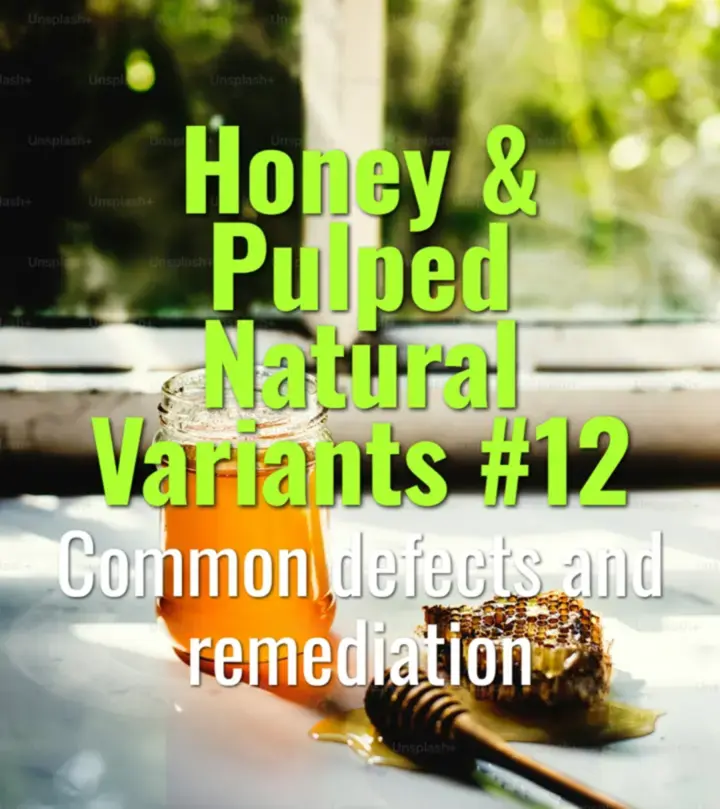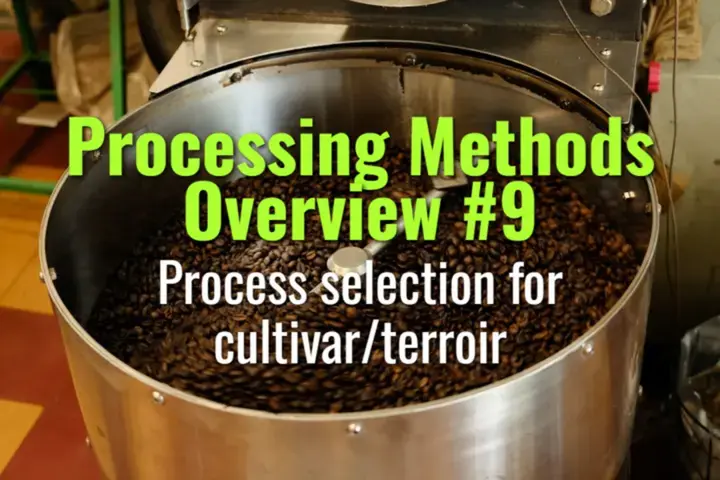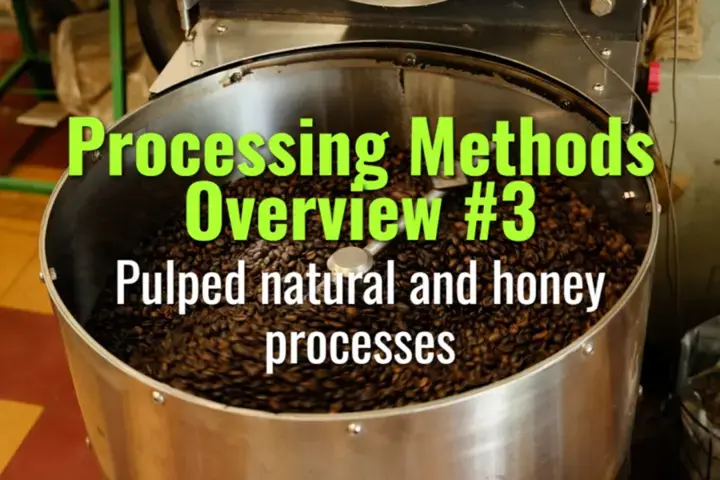
Common defects and remediation
This topic explains the common defects that occur in honey and pulped natural coffee processing, why they happen, and the practical remediation steps farmers can take to minimize losses.

This topic explains the common defects that occur in honey and pulped natural coffee processing, why they happen, and the practical remediation steps farmers can take to minimize losses.

This topic explains how data logging in honey and pulped natural processes supports repeatability, consistency, and quality improvement across harvests.

This topic explains why honey and pulped natural processes carry risks of over-fermentation, the conditions that cause it, and how producers manage these risks to protect cup quality.

This topic explains the color-coded honey process variants—white, yellow, red, and black—how they differ in mucilage retention and drying practices, and how these differences influence flavor outcomes.

This topic explains how the choice of processing method interacts with coffee cultivar and terroir, shaping sensory outcomes and helping producers maximize both quality and market potential.

This topic explains the pulped natural and honey processing methods—hybrids of washed and natural approaches—highlighting their steps, flavor outcomes, and significance in specialty coffee.